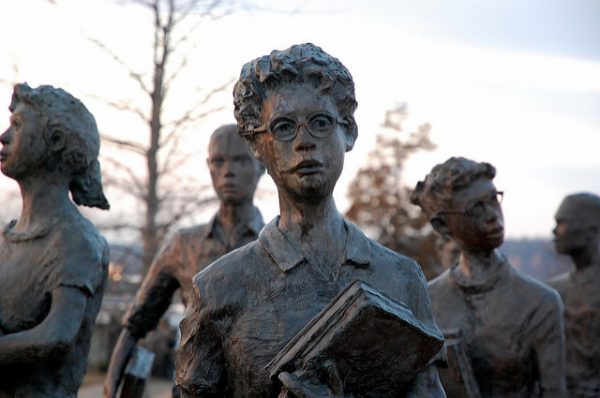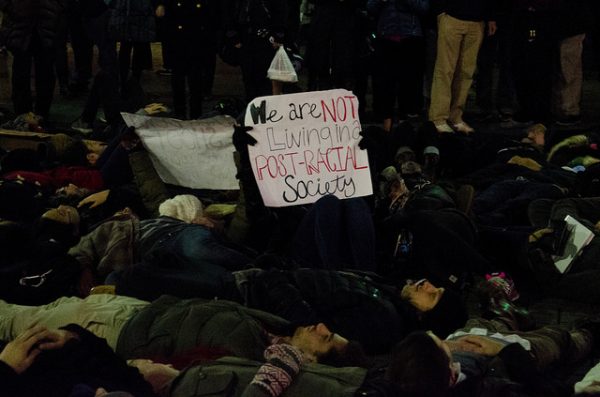
Since the 1960’s, many American colleges and universities have considered race in admissions decisions as a means to reduce racial inequality and foster more diverse student bodies. Such “affirmative action” programs have long been controversial, however, and several recent, high-profile court cases at elite institutions have raised new challenges to race-based targeting in higher education. New research from Daniel Hirschman and Ellen Berrey suggests that these political and legal controversies have had consequences for schools’ previous commitments to consider an applicant’s race. What’s more, these changes are most pronounced at the least selective schools that are theoretically more accessible to those from underprivileged backgrounds.
Through an analysis of almost 1,000 colleges and universities using data collected from the College Board ASC dataset and Barron’s Profile of Colleges, Hirschman and Berrey find that the proportion of schools that consider race in admissions has dropped from 60% in 1994 to 35% in 2014. The authors also find that a school’s status or competitiveness is the largest predictor of whether that school continued to consider race in admissions. Notably, schools that are less selective were more likely to stop using race as a factor in admissions. In other words, the drop in race-based admissions is most pronounced at schools that would be more affordable and accessible for students from more disadvantaged backgrounds. Hirchman and Berrey’s analysis reminds us that despite headlines about “affirmative action” lawsuits at elite colleges and universities, the real news seems to be at the nation’s non-elite schools — and that news isn’t good, at least not when it comes to access and opportunity for students of color.









